Rolling benches are one of the easiest and most practical additions to a hydroponic growing room. They allow you to use up to 50% more of the space in your grow room.
Ebb and Flow system is known for its simplicity, reliability of operation and low initial investment cost. With a Rolling Bench the Ebb and Flow system is able to shift left or right using a series of rollers top of the support frame. So as to maximises the use of available greenhouse space.
Sunshine Garden also manufactures stationary benches and the whole system which will further your investment with your first harvest.

 英语
英语 俄语
俄语 德语
德语 西班牙语
西班牙语 法语
法语


 Innovation Team
Innovation Team Patented Technology
Patented Technology Quality Assurance
Quality Assurance Efficient Response
Efficient Response.jpg)
.jpg)
.jpg)
.jpg)
.jpg)
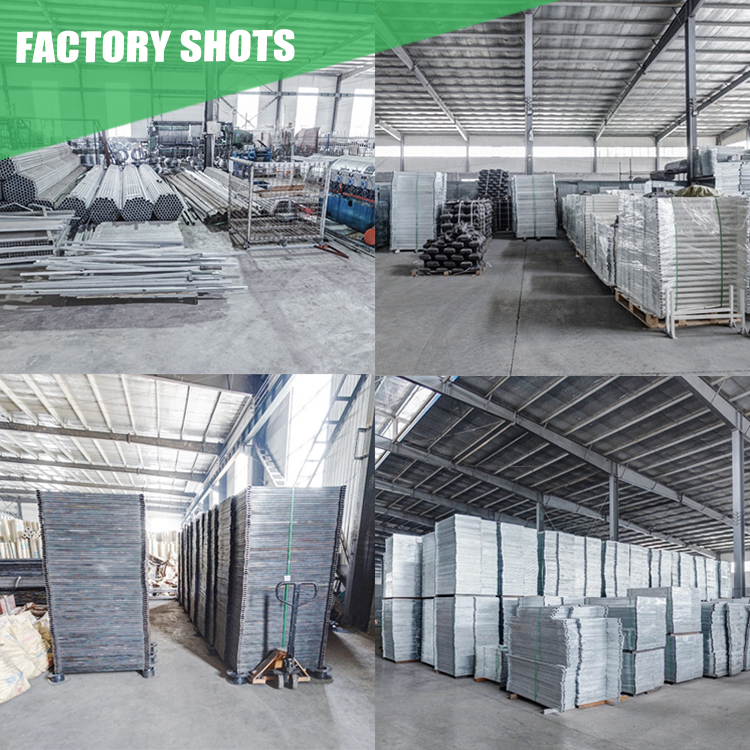
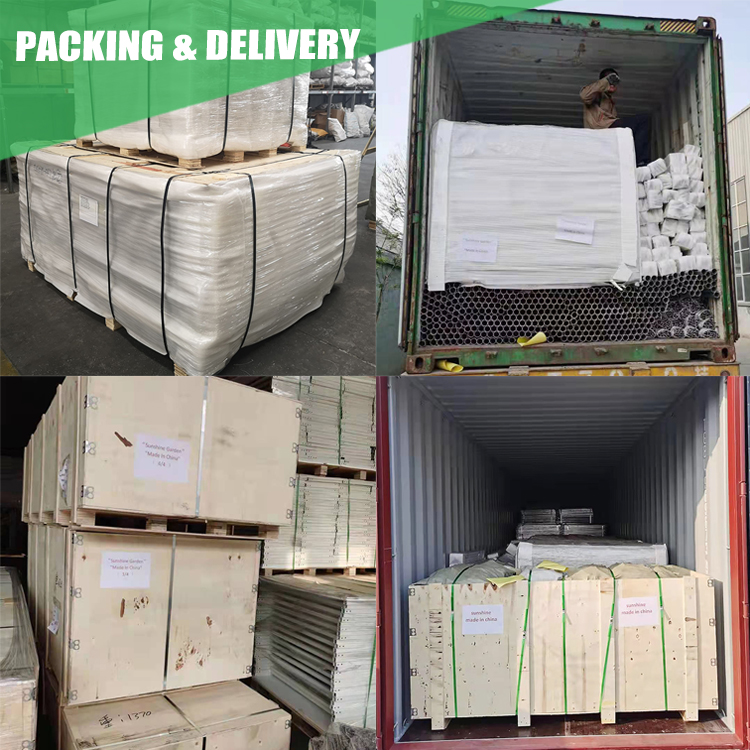
.jpg)












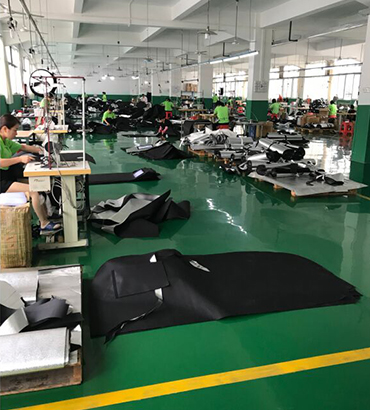
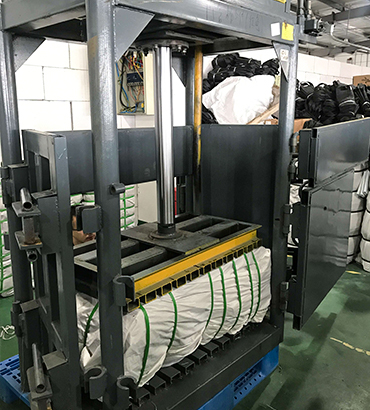
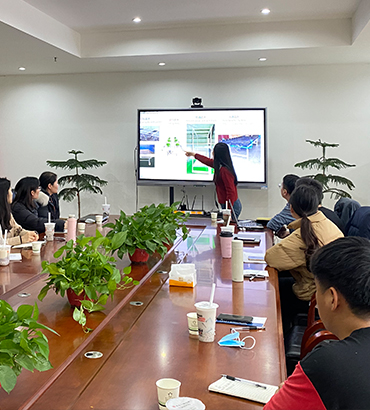
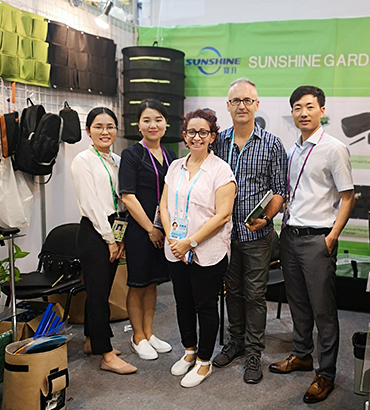
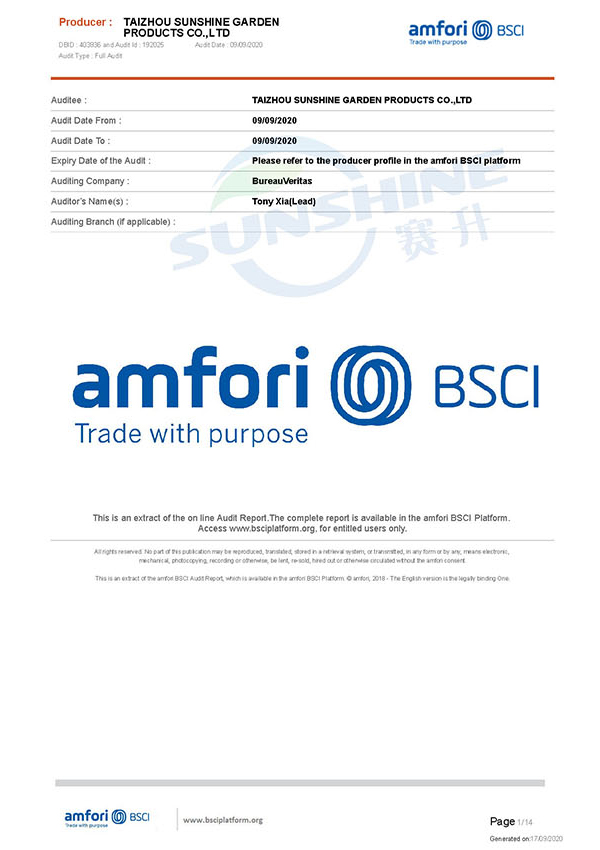
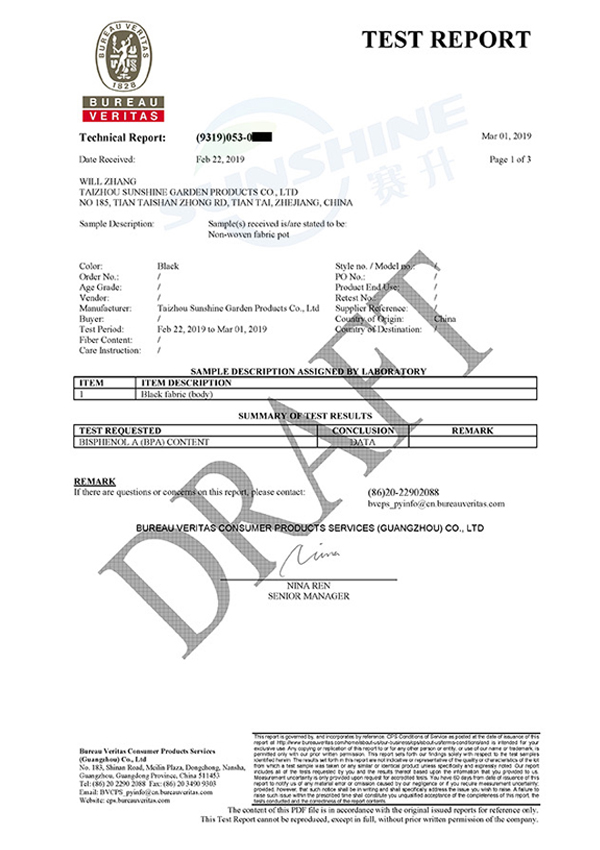
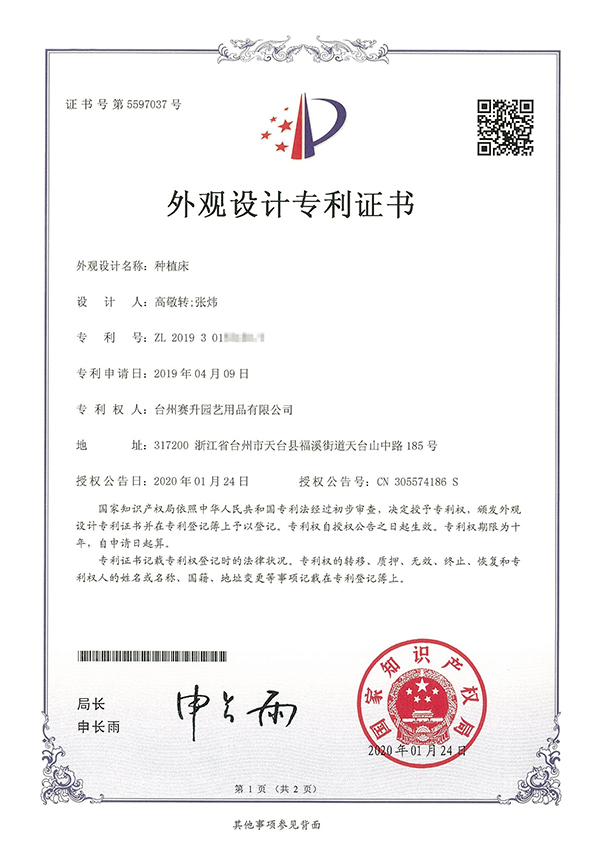
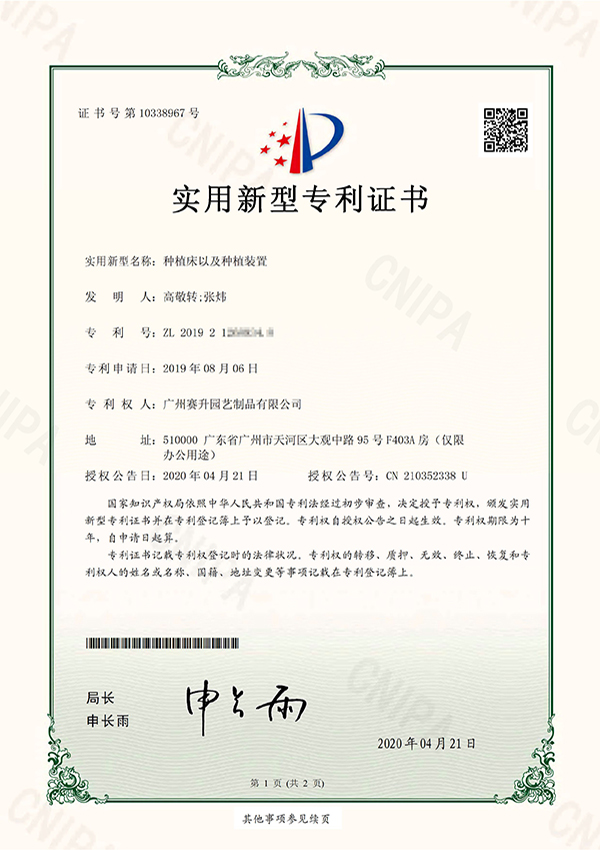
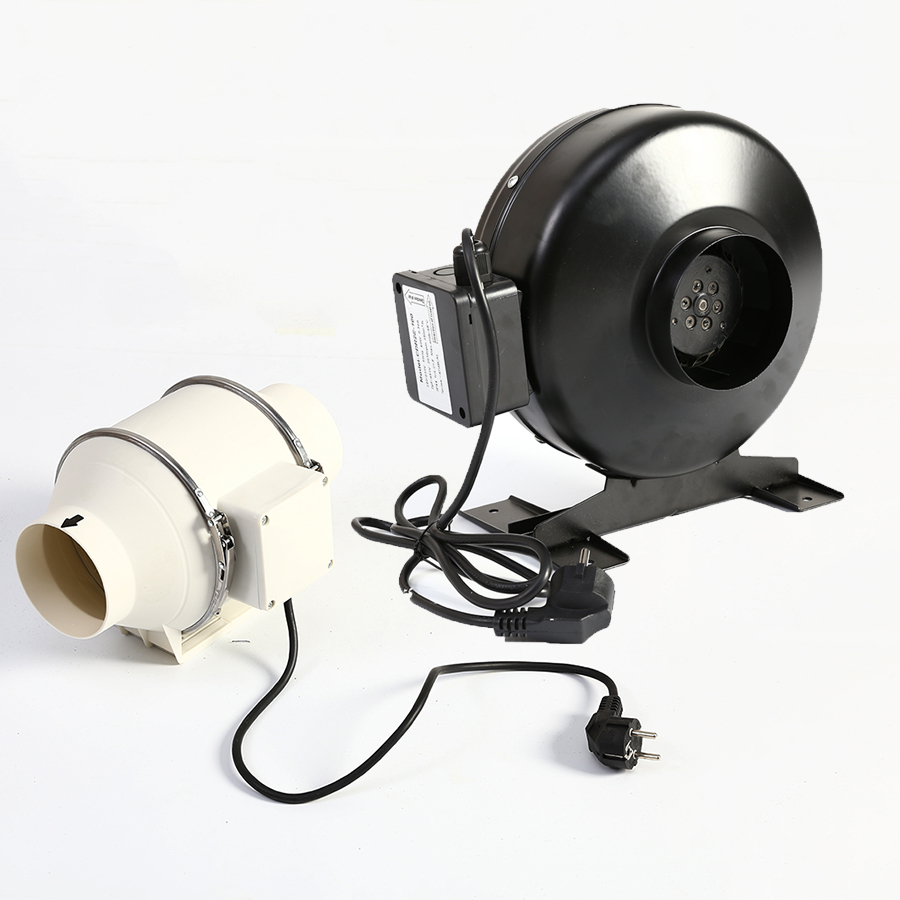
-1.jpg)
.jpg)
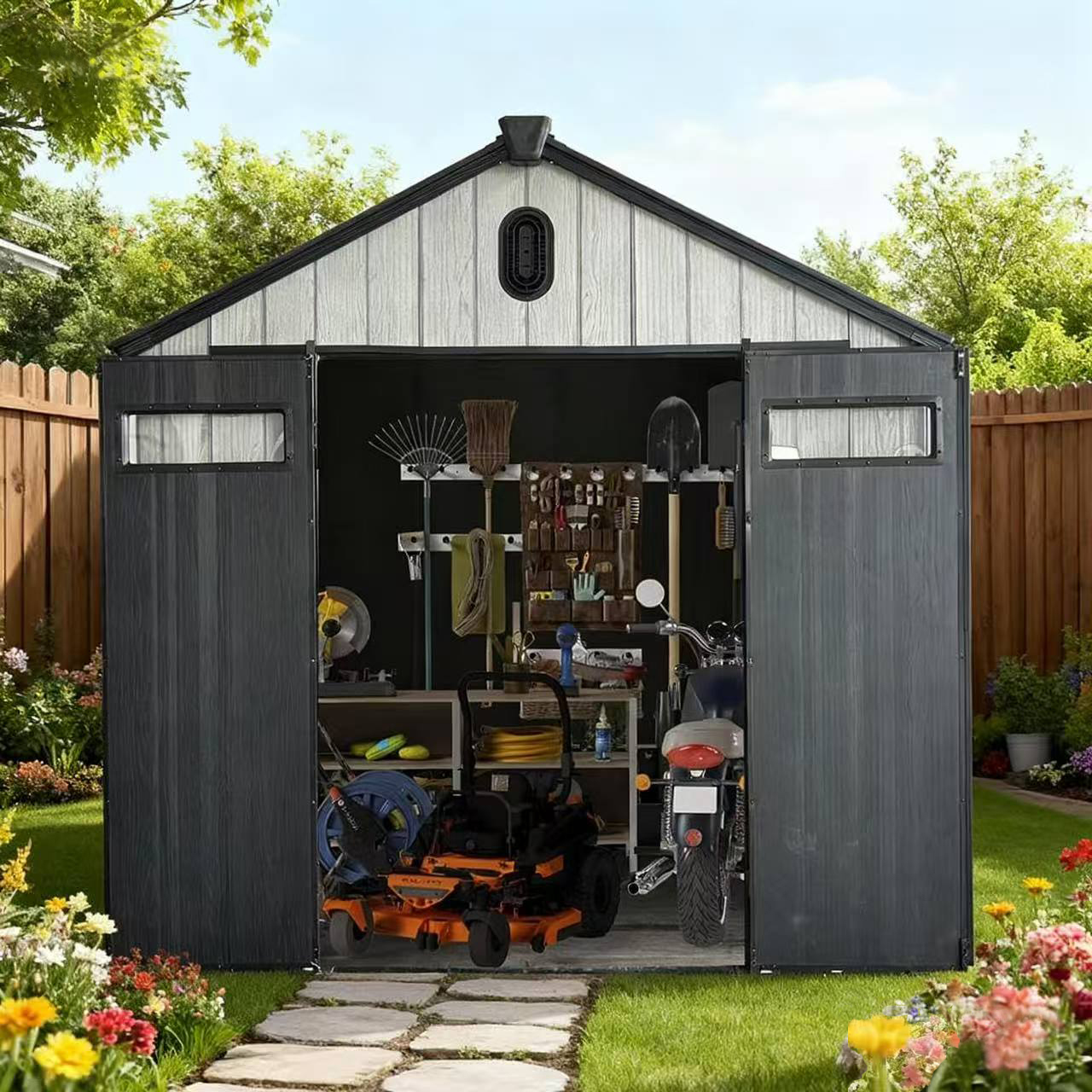
-1.jpg?imageView2/2/w/800/h/800/format/webp/q/75)
.jpg?imageView2/2/w/800/h/800/format/webp/q/75)
.jpg?imageView2/2/w/800/h/800/format/webp/q/75)
.jpg?imageView2/2/w/800/h/800/format/webp/q/75)
.jpg?imageView2/2/w/800/h/800/format/webp/q/75)
-1.jpg?imageView2/2/w/800/h/800/format/webp/q/75)
.jpg?imageView2/2/w/800/h/800/format/webp/q/75)
.jpg?imageView2/2/w/800/h/800/format/webp/q/75)
.jpg?imageView2/2/w/800/h/800/format/webp/q/75)
.jpg?imageView2/2/w/800/h/800/format/webp/q/75)
.jpg?imageView2/2/w/800/h/800/format/webp/q/75)
.jpg?imageView2/2/w/800/h/800/format/webp/q/75)
